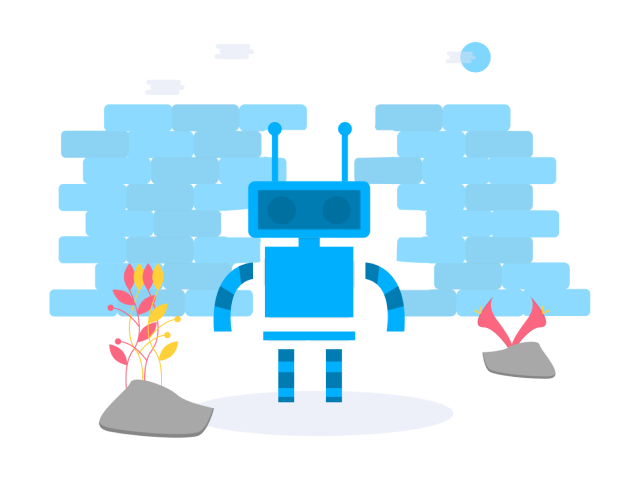RPA (Robotic Process Automation, Robotic Process Automation) is one of the latest technologies, based in part on the use of Artificial Intelligence, which simulates human actions in various computer systems and applications.
Automation of the process of filling out applications for issuing a loan to legal entities.
Before the introduction of the RPA system, in the process of applying for a loan for legal entities, in one of the largest Russian banks, it was necessary to collect and structure data from as many as 9 different systems. Employees simply manually copied and pasted information into Excel files. And 53 people were engaged in this highly intellectual work. And then another 6 people manually checked the entered information for errors. According to the bank’s statistics, 20% of employees from the first group made 1-2 mistakes per day. At the same time, at least one of the inspectors also missed one or two errors unnoticed every day.
When RPA was introduced in this department, out of 53 people, 30 were transferred to other tasks, and the number of errors when filling out applications was reduced by 10–15 times.
What is RPA:
RPA is a software robot that simulates human actions by interacting with an information system interface, such as filling out a purchase requisition in SAP. At the same time, the program does not see the difference between a robot and a person.
The robot has its own virtual workplace, it can use a virtual keyboard and mouse.
What the robot can do:
1) Work with data
Robots work well in several information systems, they can transfer information from one place to another, split and distribute information to different places, consolidate information, etc.
2) Teach
The robot can be used as a teacher for new employees. He can familiarize the employee with the system and tell about the main processes in the company.
3) Data verification and validation
The robot can compare information from several sources with each other. This can be used when conducting reconciliations with counterparties or checking against third-party databases for the accuracy of information.
4) Manage other robots and employees
Robots can set tasks for other robots, make a schedule for them. In addition, the robot can be taught to control the work of a person, suggesting what tasks need to be done and much more.
What are the benefits of RPA:
1) They do not know fatigue
Robots do not need a break for rest, lunch and sleep. They work around the clock. By transferring routine tasks to robots, you can offload simple employees so that they can do more important tasks.
2) Accuracy
Robots perform their tasks clearly and efficiently, they do not make mistakes, and are not subject to the human factor.
3) Cost reduction
According to statistics, RPA reduces costs by 3-10 times in the enterprise. RPA automates routine repetitive tasks, thereby optimizing the cost of staff work and training.
